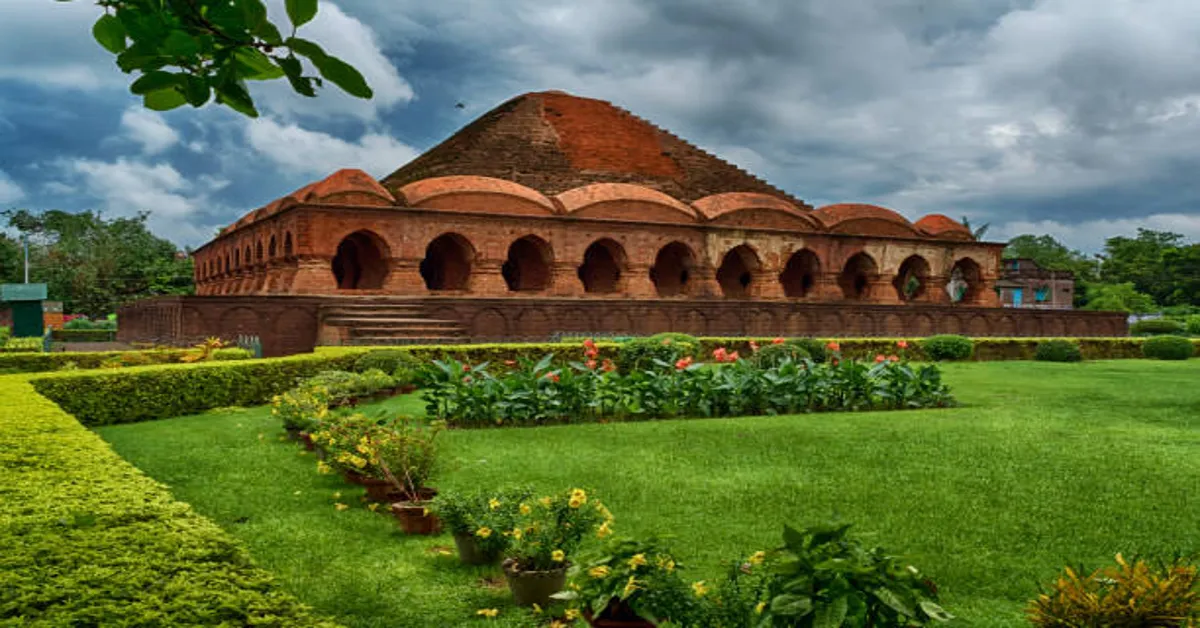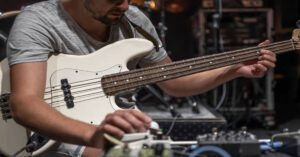Bangla Choti, as a term, is most often associated with a genre of short fictional stories written in the Bengali language that explore adult themes. However, beyond its controversial associations, it also offers a unique lens to understand literary trends, cultural narratives, and social change in Bengali-speaking communities. While explicit sexual depictions dominate certain spaces under this label, a deeper analysis reveals that Bangla Choti also represents the evolving intersection of oral storytelling traditions, the democratization of literature through digital media, and the ongoing debate over morality and creative freedom.
In this article, we will explore the origins, evolution, literary style, audience demographics, sociocultural impacts, and legal-ethical debates surrounding Bangla Choti. The aim is to treat the subject academically — not as erotic entertainment — but as a cultural and media phenomenon worth studying.
1. Origins of Bangla Choti Literature
The Bengali language boasts one of the richest literary traditions in the world, with contributions from luminaries like Rabindranath Tagore, Kazi Nazrul Islam, Sarat Chandra Chattopadhyay, and Bankim Chandra Chattopadhyay. Within this vast tradition, short fiction has always had a special place. Bangla Choti, in its literal sense, translates to “Bengali short stories.” Historically, the term Choti Golpo referred simply to short narratives, often published in magazines, newspapers, and anthologies.
During the late 20th century, with the liberalization of print media and the emergence of underground publications, a subset of short fiction began exploring intimate human relationships with greater openness. This coincided with changes in censorship laws, urban migration, and exposure to global literature. As a result, the label Bangla Choti gradually became associated in popular usage with erotic short fiction, although in its purest definition it could mean any short Bengali story.
2. Oral Storytelling Traditions and Their Influence
Before print literature became widespread in Bengal, storytelling was primarily an oral tradition. Village gatherings, addas (informal discussion circles), and seasonal festivals would often include folk tales, myths, and social narratives passed from generation to generation. These oral narratives frequently contained moral lessons, humorous elements, and — in certain folk genres — subtle romantic or suggestive undertones.
The influence of oral tradition on Bangla Choti is significant:
- Concise Structure: Oral stories tend to be short and direct, a trait mirrored in Choti literature.
- Strong Character Archetypes: Farmers, traders, students, and housewives appear as recurring figures.
- Local Dialects and Idioms: Authentic use of regional Bengali variations lends realism.
- Interactive Storytelling: In oral culture, storytellers often adjusted narratives based on audience reactions — an influence seen in online Choti forums where feedback shapes subsequent stories.
3. Evolution in the Print Era
In the pre-internet era, Choti stories often circulated in:
- Pulp Magazines: Low-cost monthly or fortnightly publications.
- Pocketbook Anthologies: Small, affordable books sold at railway stations and street stalls.
- Newspaper Supplements: Weekend editions sometimes featured lighthearted or risqué fiction.
During this period, many stories were written anonymously, partly due to societal taboos and partly to avoid legal consequences. The print medium limited distribution but gave the genre a certain underground allure.
4. Digital Transformation of Bangla Choti
With the advent of the internet in the late 1990s and early 2000s, Bangla Choti underwent a massive transformation:
| Era | Medium | Impact |
|---|---|---|
| 1998–2005 | Web Forums & Blogs | Stories became freely accessible, authorship pseudonyms multiplied. |
| 2005–2015 | Social Media & Mobile Apps | Readership expanded among younger audiences; user-generated content grew. |
| 2015–Present | Multimedia Platforms | Audio storytelling, videos, and interactive fiction emerged. |
The digital shift made the genre more democratic — anyone with internet access could publish and share stories. However, it also brought challenges like unregulated explicit content, plagiarism, and questions about minors’ access.
5. Language and Literary Style
While explicit Choti stories often sacrifice literary elegance for sensationalism, many works exhibit notable stylistic features:
- Conversational Tone: Informal, first-person narratives to enhance relatability.
- Use of Slang: Colloquial Bengali, sometimes mixing Hindi and English words.
- Minimalist Settings: Focus on characters and interactions rather than elaborate descriptions.
- Chronological Simplicity: Linear timelines without complex flashbacks or subplots.
These features make Choti accessible to a wide range of readers, though they also limit its acceptance in mainstream literary circles.
6. Audience Demographics and Motivations
Based on surveys of Bengali online reading forums and informal research:
| Age Group | Primary Motivations |
|---|---|
| 18–25 | Curiosity, peer sharing, exploration of adult themes. |
| 26–40 | Nostalgia for print-era pulp fiction, escapism. |
| 40+ | Occasional reading for entertainment or humor. |
Interestingly, both rural and urban readers engage with Bangla Choti, but urban audiences have more access to digital platforms where such stories proliferate.
7. Social and Cultural Impact
Bangla Choti sparks debate in Bengali society for several reasons:
Positive Contributions:
- Encourages colloquial Bengali writing.
- Serves as an outlet for creative self-expression.
- Reflects real-life social issues and relationship dynamics (in a fictionalized way).
Negative Criticisms:
- Can perpetuate stereotypes and objectification.
- Risk of exposure to minors.
- Often bypasses editorial and ethical standards.
This dual nature makes Bangla Choti a contested but culturally relevant genre.
8. Legal and Ethical Considerations
Most South Asian countries, including Bangladesh and India, have legal restrictions on the distribution of explicit material. This affects how Bangla Choti is published and shared:
| Jurisdiction | Regulatory Approach |
|---|---|
| Bangladesh | Penal code provisions against obscenity; periodic website bans. |
| India | IT Act restrictions on obscene content online. |
Ethically, creators and publishers are encouraged to:
- Include age disclaimers.
- Avoid harmful stereotypes.
- Balance creative freedom with social responsibility.
9. Academic Interest and Literary Research
Scholars of South Asian literature increasingly examine Bangla Choti as a case study in:
- Popular Literature: How low-cost, mass-readership fiction evolves over time.
- Digital Anthropology: Online communities built around shared narratives.
- Linguistic Trends: Blending of languages in informal literature.
This academic framing helps shift the discussion from purely moral debates to broader cultural analysis.
10. Future of Bangla Choti
As digital publishing evolves, Bangla Choti is likely to:
- Integrate AI tools for story creation and personalization.
- Experiment with interactive fiction through chatbots or VR.
- Face tighter content regulations in response to online safety campaigns.
If handled responsibly, the genre can retain its entertainment value while reducing harmful impacts.
ALSO READ: Edgenuity Earth and Space Science Answers – Complete Learning Guide
FAQs
1. What does Bangla Choti mean in a non-explicit sense?
In its literal meaning, it refers to Bengali short stories, though popular usage often associates it with adult fiction.
2. Is Bangla Choti considered part of mainstream Bengali literature?
Not officially; it is classified as popular or pulp literature, though it has cultural significance.
3. How has the internet changed Bangla Choti?
It has democratized access, increased readership, and diversified formats, but also raised regulatory concerns.
4. Are all Bangla Choti stories explicit?
No. While many are adult-oriented, some are simply lighthearted short stories in Bengali.
5. Can Bangla Choti be studied academically?
Yes. It offers insights into language use, popular culture, and media trends in Bengali-speaking societies.









